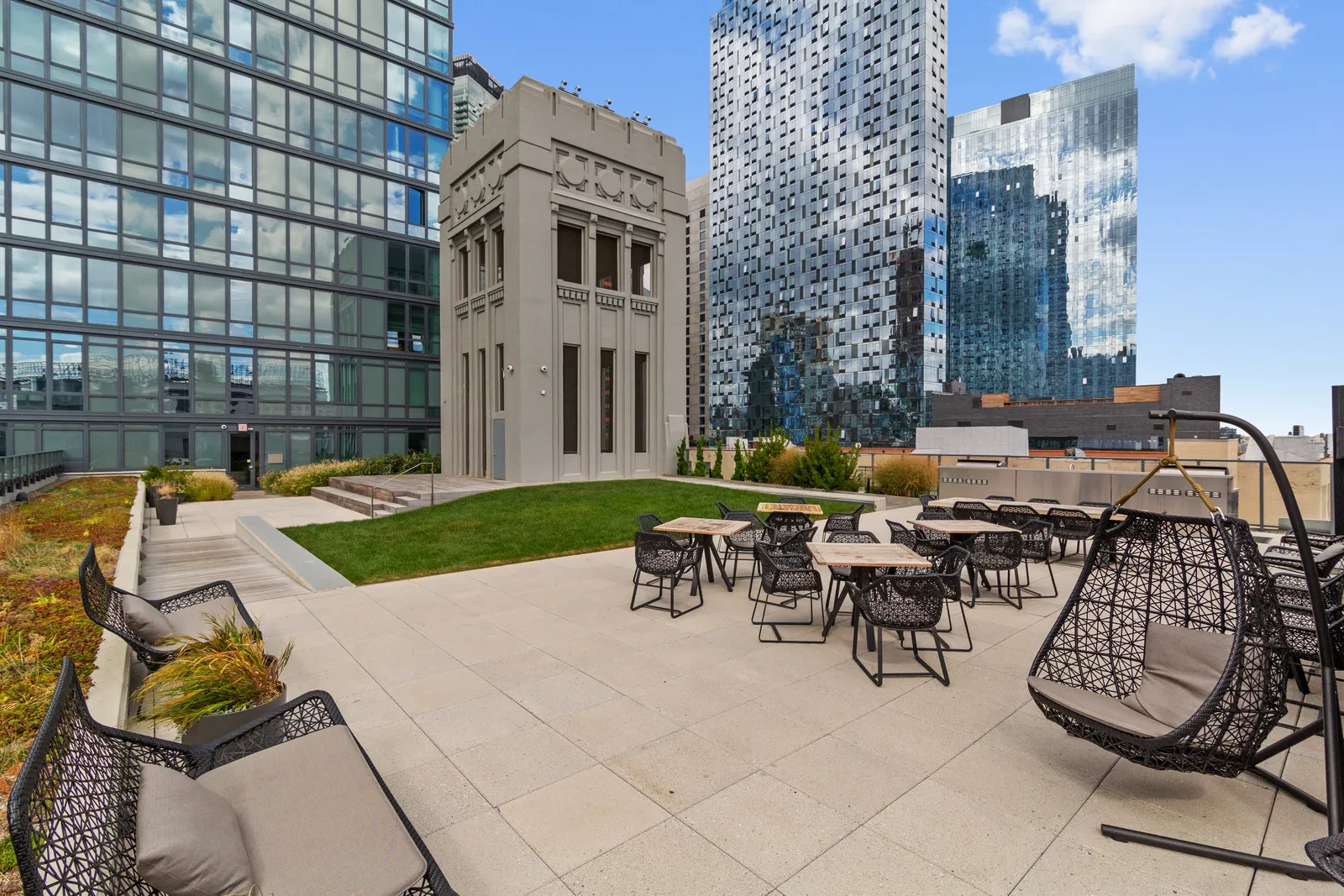NYC’s Current Affordable Housing State: A Borough-by-Borough Overview
New York City’s housing lottery system continuously opens new affordable apartments across all five boroughs. Recent lotteries show wide variation in income targets and rents by neighborhood. In Manhattan, for example, new developments offer middle-income units (up to 130% of area median income, or AMI) alongside low-income senior housing.
In Brooklyn, lottery apartments span extremely low (40% AMI) to high (130% AMI) incomes. Queens and the Bronx similarly cover mixed income bands, while Staten Island’s few projects range from very low up to middle incomes.
To find and apply for affordable apartments visit NYC Housing Connect
Manhattan
In Manhattan, most lotteries target moderate- to middle-income households, though seniors can qualify at very low income. A senior project at 570 Washington Street (West Village) launched 122 units for residents earning up to 50% of AMI (household incomes ~$0–$87,500). Rents in that building are set at 30% of income. By contrast, Harlem’s 1440 Amsterdam Avenue (a new 28-story tower) opened 147 middle-income apartments for households up to 130% of AMI, with studios starting around $2,950/month and two-bedrooms up to $4,568/month. These examples illustrate Manhattan’s range: from deeply subsidized senior housing (with incomes even down to zero) up to high-end lottery units that still require six-figure incomes.
Brooklyn
Brooklyn’s lotteries cover the broadest range of affordability. For instance, The Everly in Fort Greene set aside 171 units for households earning between 80% and 130% of AMI (incomes roughly $64,800–$227,500). By contrast, in Brownsville the Marcus Garvey II complex launched 89 units at 40–70% of AMI (incomes ~$72,000–$167,500). At the low end, Marcus Garvey rents two-bedrooms for just $1,046/month (40% AMI). At the high end, new Boerum Hill towers like 540 Atlantic Avenue offered 48 lottery apartments at 130% AMI, with rents about $3,405 for a studio, $3,640 for a one-bed, and $4,347 for a two-bed. In short, Brooklyn’s lotteries include some of the city’s most affordable (sub-$1,100 studios) and some high-market units, reflecting its mix of low-income neighborhoods and luxury developments.
Queens
Lotteries in Queens range from trendy LIC towers to Far Rockaway developments. In Long Island City, Phase 2 of the Eagle Loft tower is offering 91 units for 130% AMI, pricing studios at $2,750/month and one-bedrooms at $3,475/month. In Far Rockaway, Edgemere Commons B1 launched 60 affordable apartments at up to 130% AMI (household incomes ~$22,458–$160,720). Edgemere’s income bands go much lower: studios at 30% AMI rent for only $544/month (incomes $22,458–$38,880), while its highest rent (an 80% AMI three-bedroom) is $2,949/month. This illustrates Queens’s affordability spread: high-end LIC rentals and very low-income Rockaway units coexist, with lotteries serving household incomes from the 30th percentile up to the 130th.
The Bronx
The Bronx’s recent lotteries have mostly targeted middle incomes. For example, 33 Bedford Park Boulevard in Norwood opened six apartments at 130% AMI, renting one-bedrooms for $2,506/month to households earning ~$91,543–$189,540. Most Bronx lotteries follow this pattern: modest numbers of units at 100–130% AMI. (Note: a few Bronx projects, like Wakefield Yards, also include low-income units, but current coverage emphasizes middle-income offerings.) Generally, Bronx lotteries require lower incomes and charge lower rents than Manhattan or Brooklyn do. For instance, the $2,506 rent above is substantially below Manhattan’s lottery rents, reflecting Bronx’s lower prevailing incomes.
Staten Island
Staten Island has the fewest new lotteries, but recent projects still mix income tiers. The Lighthouse Point development in Stapleton (St. George waterfront) offered 30 mixed-income apartments: households at 40%, 60%, and 130% of AMI could apply. Rents range from just $903/month for studios (40% AMI) to $4,001/month for two-bedrooms (130% AMI). In short, Staten’s lotteries remain rare and small-scale, but even here rents scale with income tiers—from sub-$1,000/month units at very low income up to expensive two-bedrooms for middle-income families.
Income Requirements & Affordability Comparison
Across the city, each lottery specifies income and household-size limits. In 2025, lotteries typically serve households from 30% up to 165% of AMI. For example, Manhattan’s senior lottery allowed incomes up to 50% AMI (i.e. max ~$87.5K for a family), while many new Manhattan and Brooklyn lotteries cap at 130% AMI (up to ~$227K). Queens and Staten projects likewise set bands: Eagle Loft LIC at 130% AMI, Edgemere Commons from 30%–80% AMI (rents $544–$2,949), and Lighthouse Point at 40–130% AMI. In general, higher-AMI lotteries have much higher rents (often $2,000+), whereas lotteries serving 30–60% AMI yield rents under $1,500.
New York’s current affordable housing lotteries reveal stark borough differences. Manhattan’s lotteries skew toward higher incomes (often 80–130% AMI) with high rents (often $3,000–$4,500), except for designated senior or deeply affordable projects (as low as 30%–50% AMI). Brooklyn spans the full spectrum: some of the city’s cheapest units (studios under $1,100 at 40% AMI) and luxury-priced “affordable” units in premium neighborhoods. Queens mirrors this range – from modest Rockaway rents to middle-income LIC apartments – while the Bronx tends to target moderate incomes (around 100–130% AMI) at mid-range rents. Staten Island has only a handful of lotteries but likewise combines very low-income studios and pricier middle-income units. These variations underscore that “affordable” housing in NYC means very different things from borough to borough.